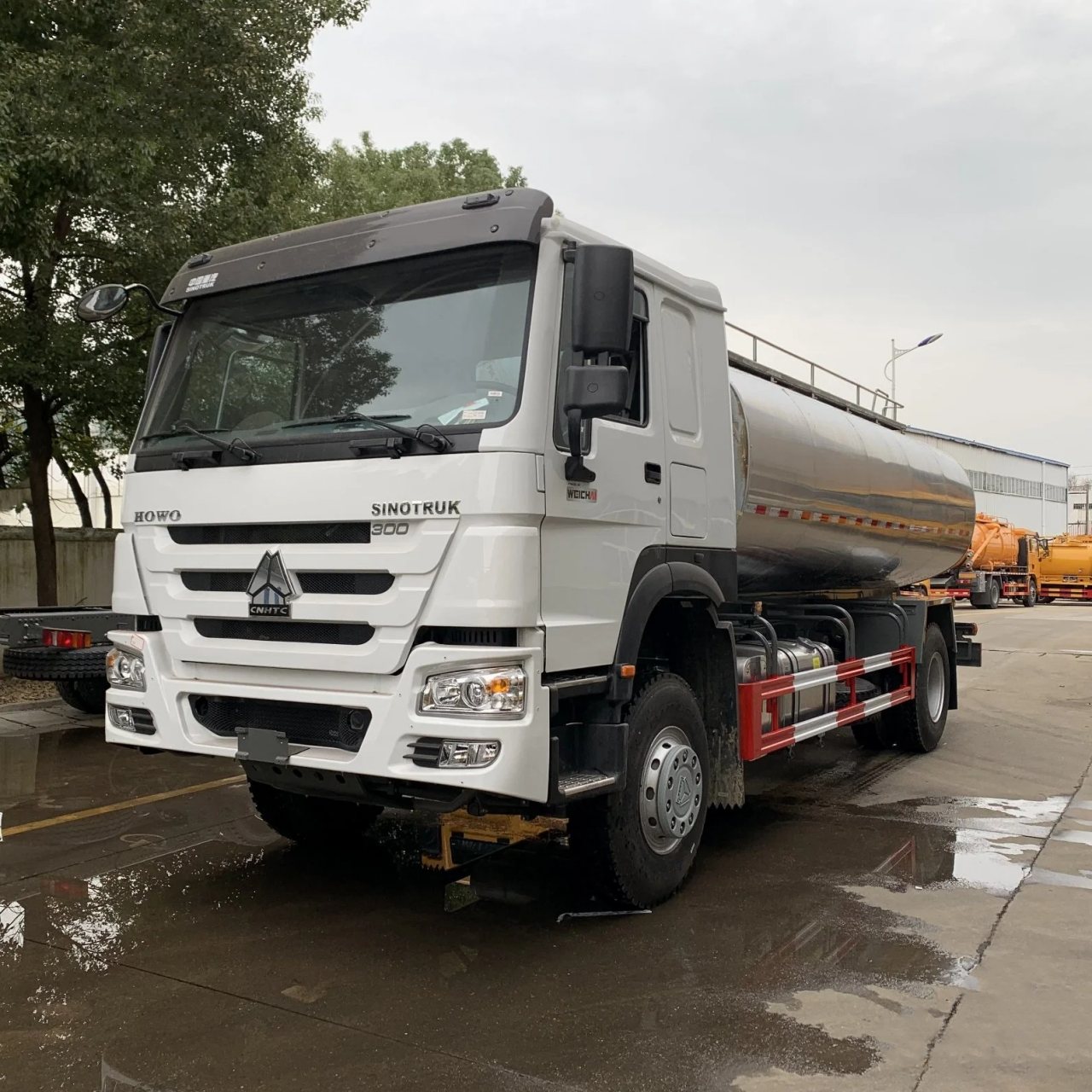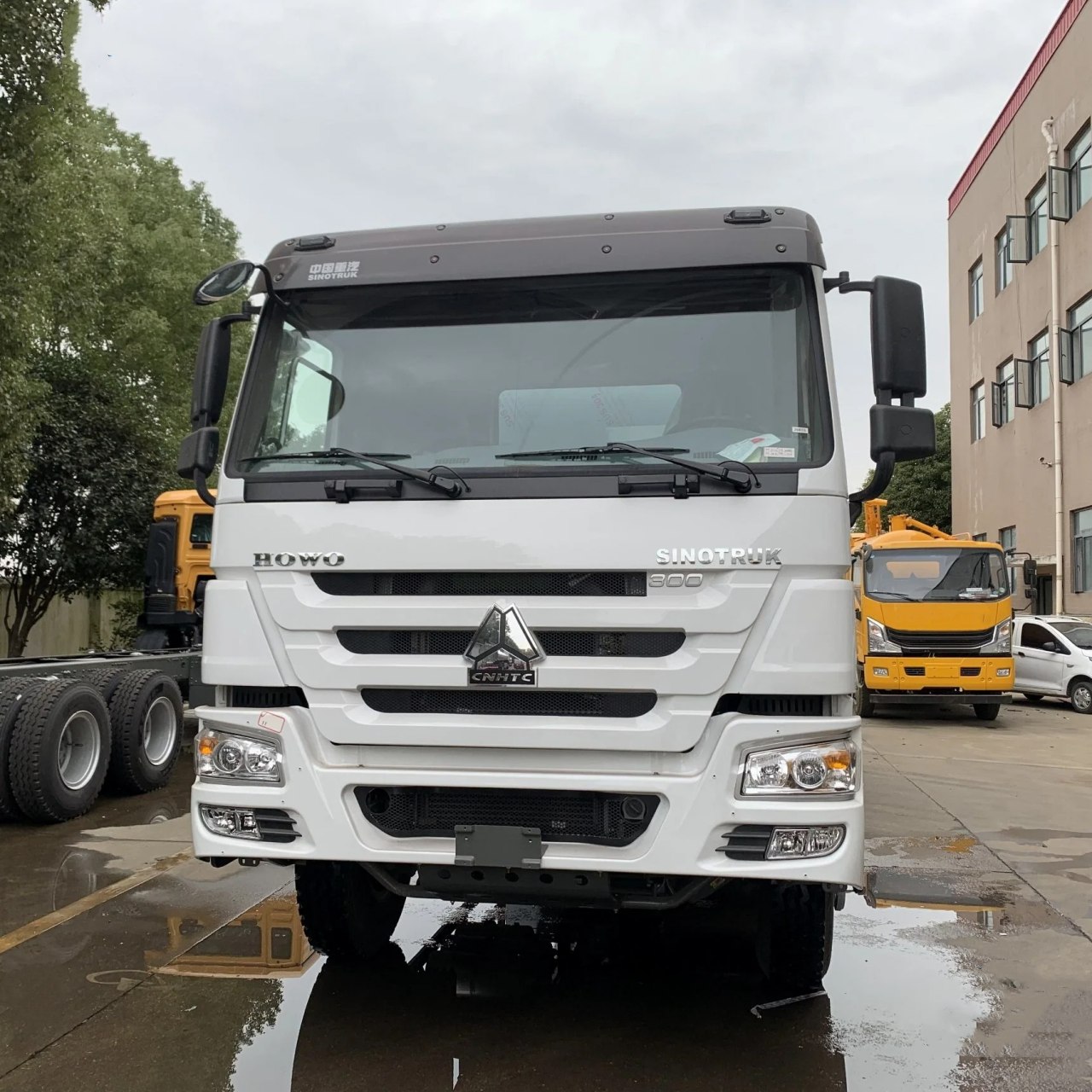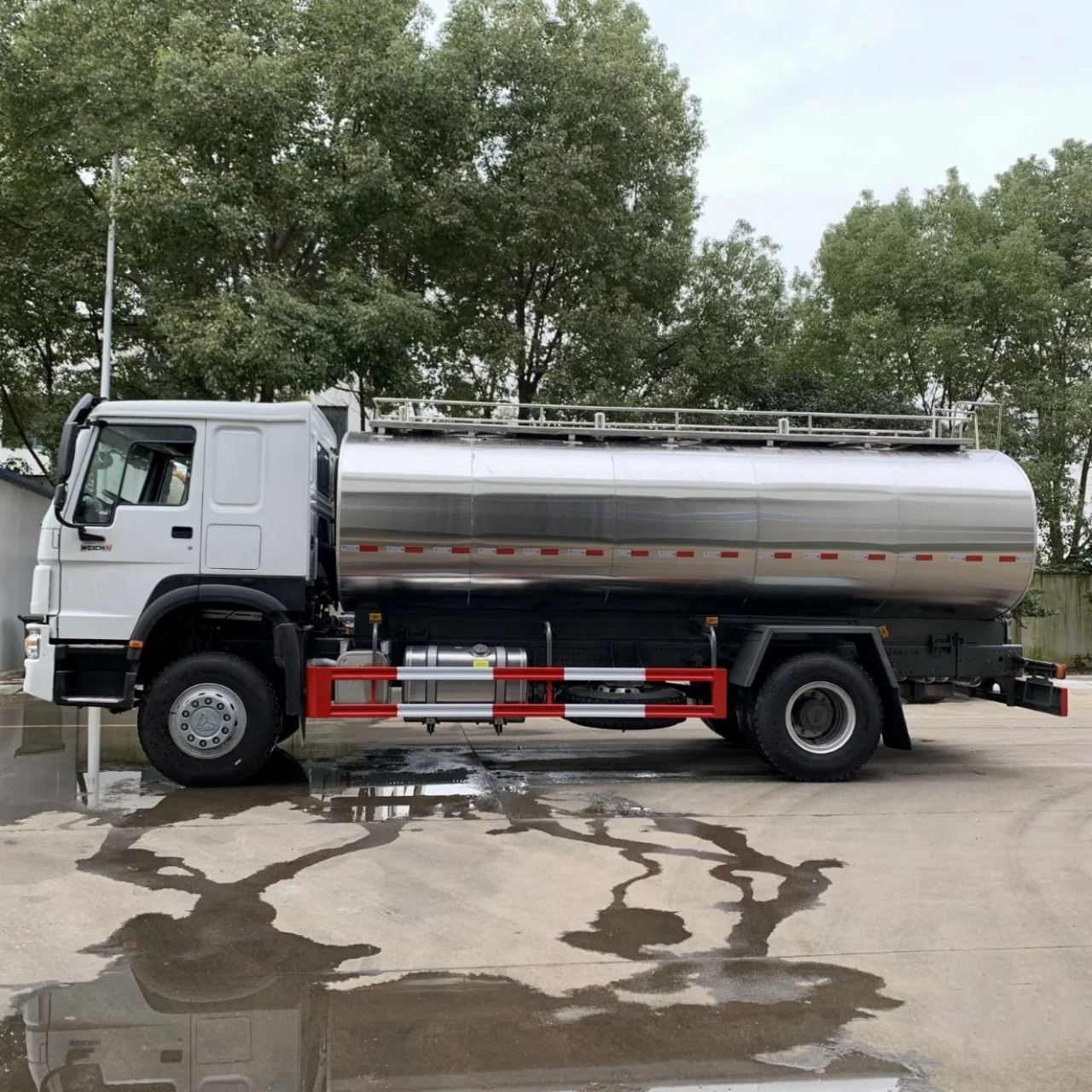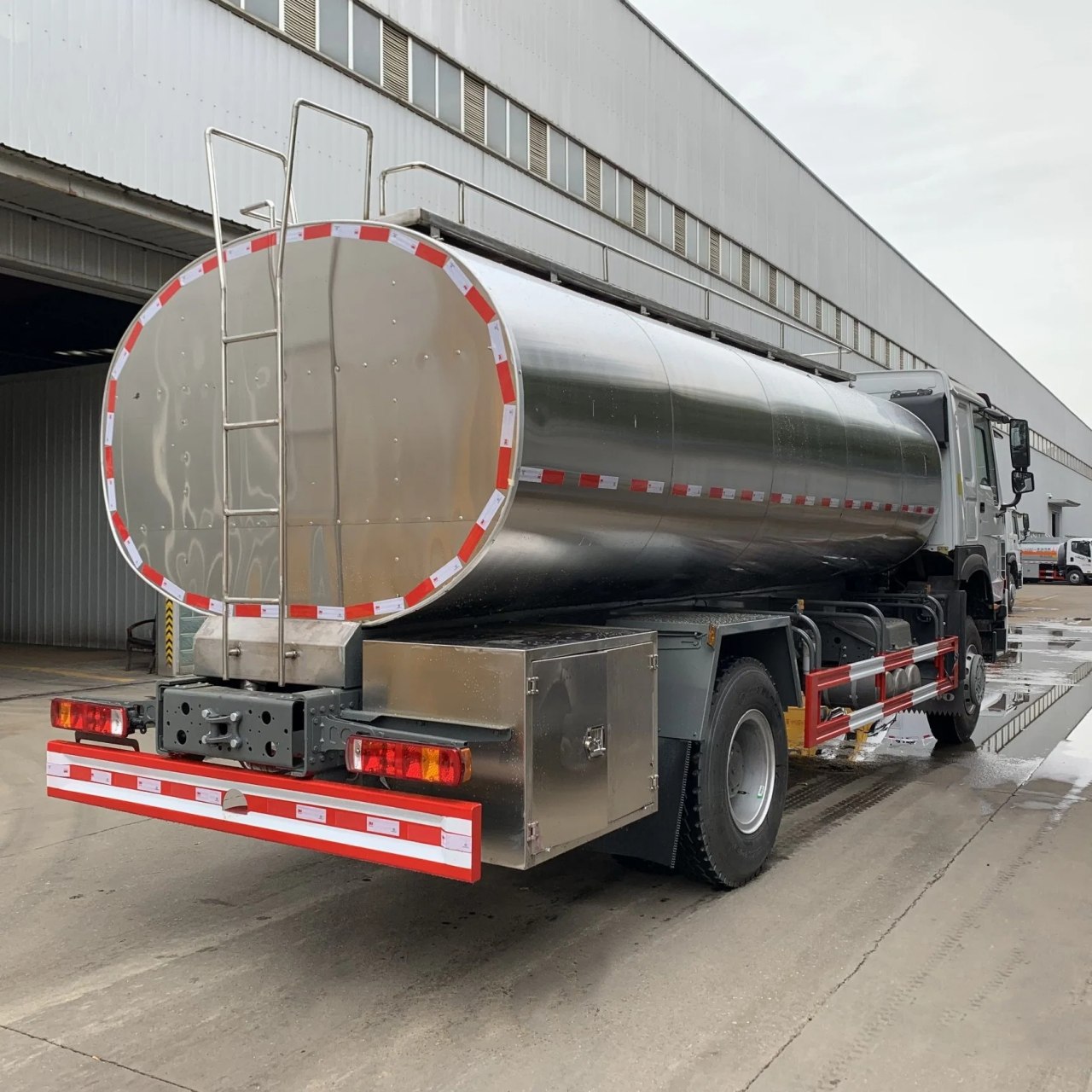Chemical tankers are specialized vessels crucial to the global transport of various chemicals, ensuring safety and efficiency in a complex industry. Type 2 chemical tankers play a pivotal role among these vessels, characterized by their unique design, capabilities, and regulatory compliance. This article delves into the intricacies of Type 2 chemical tankers, exploring their purpose, construction, operational considerations, and the regulatory framework that governs their use.
Understanding Type 2 Chemical Tankers
Type 2 chemical tankers are specifically designed to transport a wide range of moderately hazardous chemicals. These vessels are engineered to handle substances that pose significant environmental and health risks but do not require the same level of containment as highly toxic chemicals. The design and construction of Type 2 tankers prioritize safety and compatibility with the cargoes they carry, ensuring minimal risk of contamination or leakage during transit.

Design and Construction
The construction of Type 2 chemical tankers involves meticulous planning and adherence to stringent regulatory standards. Key design features include:
- Tank Configuration: Tanks are typically made from specialized materials such as stainless steel or coated mild steel to withstand corrosion and chemical reactions.
- Segregation: Segregation capabilities allow for the simultaneous transport of multiple chemicals without the risk of interaction or contamination.
- Pump Systems: Advanced pump systems facilitate efficient loading, unloading, and internal transfer of cargoes, minimizing exposure and handling risks.
Operational Considerations
Operating a Type 2 chemical tanker requires specialized knowledge and training due to the nature of the cargoes involved. Key operational considerations include:
- Cargo Compatibility: Strict adherence to compatibility charts and guidelines to prevent dangerous reactions between different chemicals.
- Safety Protocols: Rigorous safety protocols, including regular inspections, emergency response drills, and adherence to International Maritime Organization (IMO) regulations.
- Environmental Protection: Measures to prevent pollution include double hull construction and advanced wastewater treatment systems.

Regulatory Compliance
Type 2 chemical tankers must comply with a robust regulatory framework established by international bodies like the IMO and national maritime authorities. Regulations cover aspects such as:
- Cargo Handling: Guidelines for the safe loading, stowage, and unloading of chemicals to minimize environmental and safety risks.
- Construction Standards: Requirements for hull construction, tank design, and equipment to ensure structural integrity and operational safety.
- Crew Training: Mandatory training and certification for crew members involved in the operation and maintenance of chemical tankers.
Industry Challenges and Innovations
The chemical tanker industry faces ongoing challenges, including regulatory updates, technological advancements, and global economic shifts. Innovations in tanker design and operational practices continue to improve safety, efficiency, and environmental sustainability. Key innovations include:
- Advanced Coatings: Improved tank coatings to enhance chemical resistance and reduce maintenance costs.
- Digitalization: Integration of digital technologies for real-time monitoring of cargo conditions and predictive maintenance.
- Alternative Fuels: Exploration of alternative fuels to reduce greenhouse gas emissions and comply with stricter environmental regulations.

Conclusion
Type 2 chemical tankers are indispensable in the safe and efficient transport of moderately hazardous chemicals worldwide. Their specialized design, stringent regulatory compliance, and ongoing technological advancements ensure they meet the evolving needs of the chemical industry while prioritizing safety, environmental protection, and operational efficiency. As global trade and chemical production continue to grow, the role of Type 2 chemical tankers remains vital in maintaining supply chain integrity and safeguarding marine ecosystems.
In summary, Type 2 chemical tankers exemplify the synergy between engineering excellence, regulatory oversight, and environmental stewardship in maritime transport, making them a cornerstone of modern chemical logistics.


